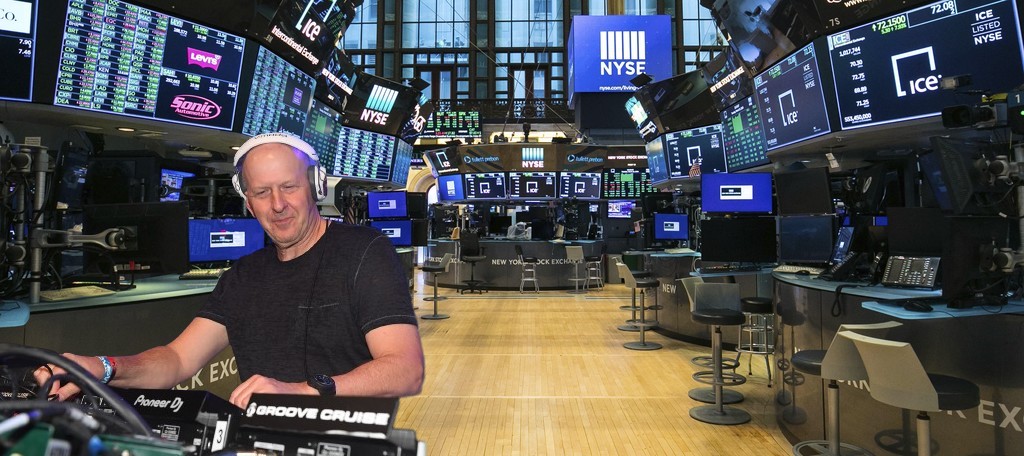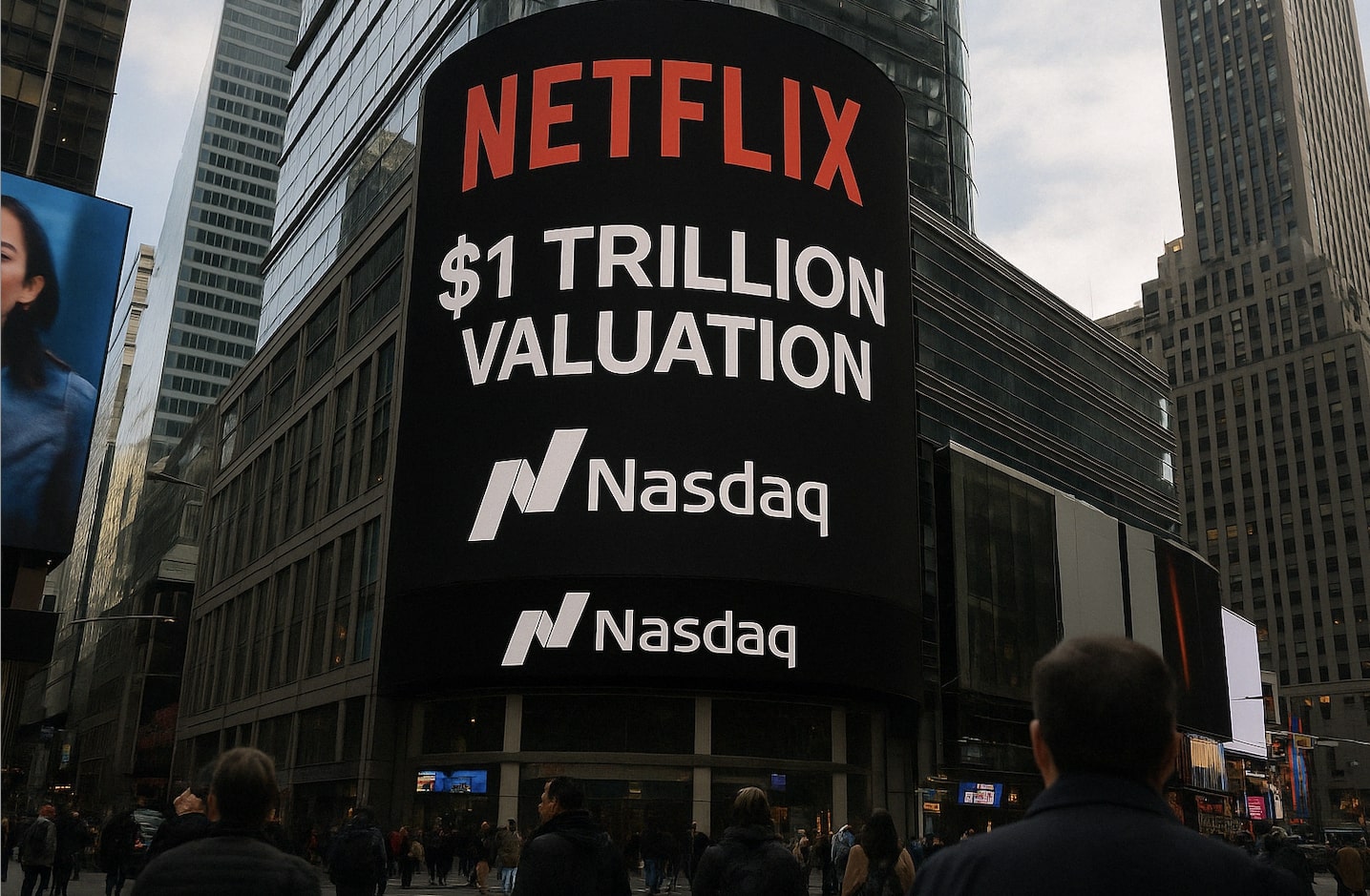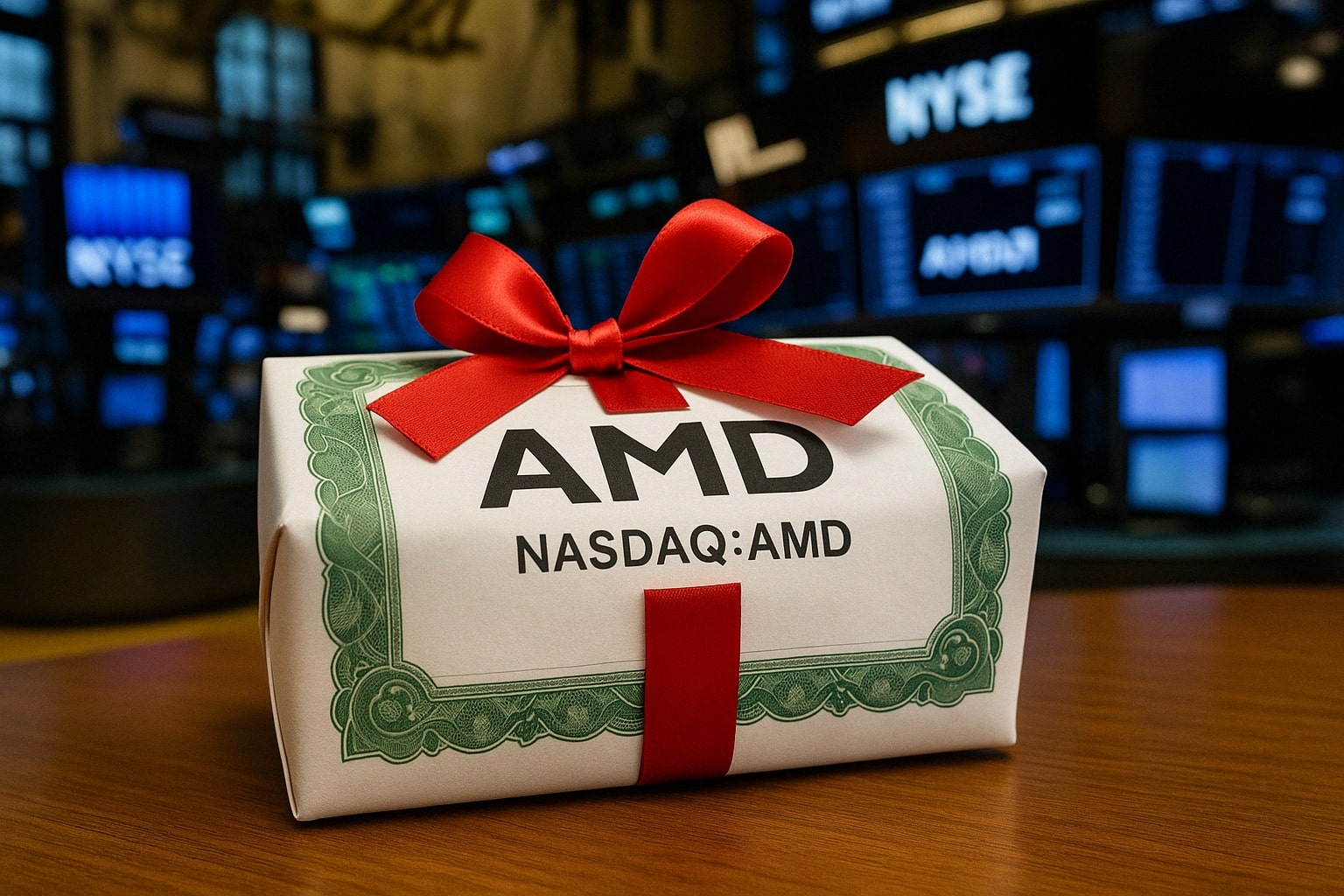
Goldman Sachs Stock NYSE:GS Faces Headwinds Despite Dividends
Despite robust past performance and strong dividend payments, Goldman Sachs Stock NYSE:GS faces significant challenges as market dynamics shift| That's TradingNEWS
Goldman Sachs Group Inc. (NYSE:GS) has shown noteworthy market performance over the last three years with an increase of 55%, surpassing the general market return of 34%, excluding dividends. Interestingly, however, the last year's performance has not been as spectacular with the company recording a 15% return, inclusive of dividends.
The financial services giant has managed to elevate its Earnings Per Share (EPS) by 26% annually over the last three years, driving the stock price upward. However, an intriguing point to note is that the company's annual share price increment of 16% is in fact less than its EPS growth. This suggests that market sentiment towards the company has become more apprehensive over time, as reflected by its comparatively low Price-to-Earnings (P/E) ratio of 8.83.
Goldman Sachs Latest dividend announcment..More>>
In addition to the price performance, the relevance of dividends in investment returns cannot be overlooked. The concept of Total Shareholder Return (TSR) encompasses the value of any spin-offs or discounted capital raisings, alongside any dividends, assuming their reinvestment. For companies that pay dividends, like Goldman Sachs, TSR is a more comprehensive performance metric. The TSR for Goldman Sachs over the last three years was 67%, outperforming the mentioned share price return, mostly due to its robust dividend payments.
Despite this strong performance, the company is facing substantial headwinds. Forecasts suggest that Goldman Sachs' forthcoming earnings report could reveal a significant drop in both profit and revenue growth, largely due to the challenging economic environment. This prognosis is partly based on the expected impacts of considerable deceleration in its key investment banking unit and wealth management services business, alongside a severe drop in deal-making.
Options trading suggests a probable swing of approximately 4% for GS shares following the earnings report. Analysts reducing their EPS estimates within the last 90 days. Consensus predictions point towards Goldman Sachs reporting an EPS of $4.04, a dramatic plunge of 47.7% from the EPS of $7.73 in the corresponding period of the previous year.
Revenue forecasts are equally distressing. Sales growth is anticipated to slump 9.5% year-over-year to $10.73 billion due to lingering macroeconomic difficulties. The firm is predicted to report a 32% decline in investment banking revenue from a year ago and a 17% drop in trading, as per analyst estimates.
In light of these issues, it is expected that Goldman Sachs CEO David Solomon will exercise caution in forecasting income growth for the coming months. This is due to the bank's struggles with the negative effects of a global slump in deal-making, merger activity, and IPO underwriting, amid rising interest rates and persistent economic uncertainty. First-half revenue from worldwide mergers and acquisitions in 2023 fell 38% compared to the same period last year, as reported by Refinitiv, marking the weakest first half for deal-making since the Covid crisis of 2020. These factors have led the New York-based investment banking titan to end the last Friday's session at $326.19, resulting in an $86.2 billion valuation.
However, on a brighter note, the company announced dividends on a series of its non-cumulative preferred stocks on July 14, 2023. These dividends included significant payouts for a range of preferred stocks including Fixed-to-Floating Rate and Fixed-Rate Reset Non-Cumulative Preferred Stocks across various series. This highlighted the company's commitment to deliver shareholder returns despite a challenging operational environment.
Looking forward, Goldman Sachs has been dealing with tough conditions in investment banking and trading, which is projected to continue in the second quarter. The bank is expected to post its seventh consecutive quarter of lower earnings. There is a considerable disparity in views among analysts about the scale of this earnings season's downturn for Goldman Sachs. The EPS range varies from as low as $2 to as high as $6.91, according to a consensus of 21 analysts compiled by Bloomberg. This suggests that earnings could fall anywhere between 10% to 74% from the previous year, potentially triggering volatility in the stock.
The Goldman Sachs Group reported a quarterly revenue of $12.224 billion for the quarter ending March 31, 2023, marking a 5.48% decline year-over-year. Furthermore, for the twelve months ending on the same date, the revenue was $46.656 billion, a 14.5% decline year-over-year. This is quite a tumble from 2021, when the annual revenue was $59.339 billion, representing a 33.17% increase from 2020.
Goldman Sachs is currently grappling with a weakened commercial real estate market due to the pandemic's long-lasting effects. This scenario will force the bank to write down more loans and investments tied to the commercial real estate sector. CEO David Solomon described these as manageable headwinds for the bank but admitted that trading income will remain severely pressured. Revenue from fixed-income is projected to be down almost 23%, while equities are expected to fall by 16%.
Adding to these concerns is the Investment Banking segment. Fees are forecasted to be down over 20% from last year in the second quarter due to decreased interest in M&A deals, listings, and fundraisings. These setbacks are expected to result in a 19.9% drop in net revenue to $6.7 billion in the second quarter for the Global Banking & Markets division.
Despite these challenges, Goldman Sachs has remained active in managing costs. Operating costs are projected to increase by 3.3% from the previous year to $7.9 billion. Although this signifies the slowest increase in three quarters as the company continues to lay off staff, it also points towards an improvement in the efficiency ratio, which is expected to be at 74.7%. The company's previous close stood at $326.19, with a market cap of $108.77 billion and a P/E ratio (TTM) of 11.65.
These numbers and recent developments present a mixed picture for Goldman Sachs. The company has shown resilient performance in the past, but it also faces a series of daunting challenges in the near future. The financial giant's future performance is likely to hinge on how well it navigates through these impediments and adapts its strategy in line with market dynamics.
Notwithstanding these hurdles, Goldman Sachs has a robust balance sheet, with a Tier 1 capital ratio (a key measure of financial strength) of 13.8% as of the end of the first quarter of 2023, comfortably above the regulatory requirement. This is coupled with the fact that the company has consistently returned capital to shareholders. The bank repurchased $1.5 billion worth of shares in the first quarter of 2023 and declared a dividend of 85 cents per share, reflecting a strong capital return strategy.
Moreover, Goldman Sachs is focused on expanding its business operations beyond traditional investment banking. The bank has been pushing into consumer banking, commercial banking, and wealth management as it seeks to diversify its revenue streams. The Marcus platform, its digital banking offering, and the acquisition of United Capital, a wealth management firm, indicate efforts in these directions. The Consumer & Wealth Management division reported net revenues of $1.5 billion for the first quarter of 2023, up 9% from the previous year, which provides some counterbalance to the declining revenues in its traditional businesses.
Innovation and technology integration are also at the heart of Goldman Sachs' strategy. The company continues to invest in machine learning and AI to improve efficiency and productivity, as well as enhance client experiences. This focus on technology is expected to pay dividends in the long run, as the bank continues to streamline its operations and respond to the growing digital expectations of its customers.
It's also worth noting that Goldman Sachs' reputation and legacy in the financial world should not be underestimated. With over 150 years of experience and a deep network of relationships across the globe, the bank possesses significant competitive advantages that it can leverage to maintain its position in the market.
In conclusion, while the short-term outlook for Goldman Sachs might seem fraught with challenges, the bank's strong balance sheet, ongoing diversification efforts, and focus on technological innovation suggest that it is well-positioned to manage these headwinds and continue delivering value to its shareholders.
That's TradingNEWS
















